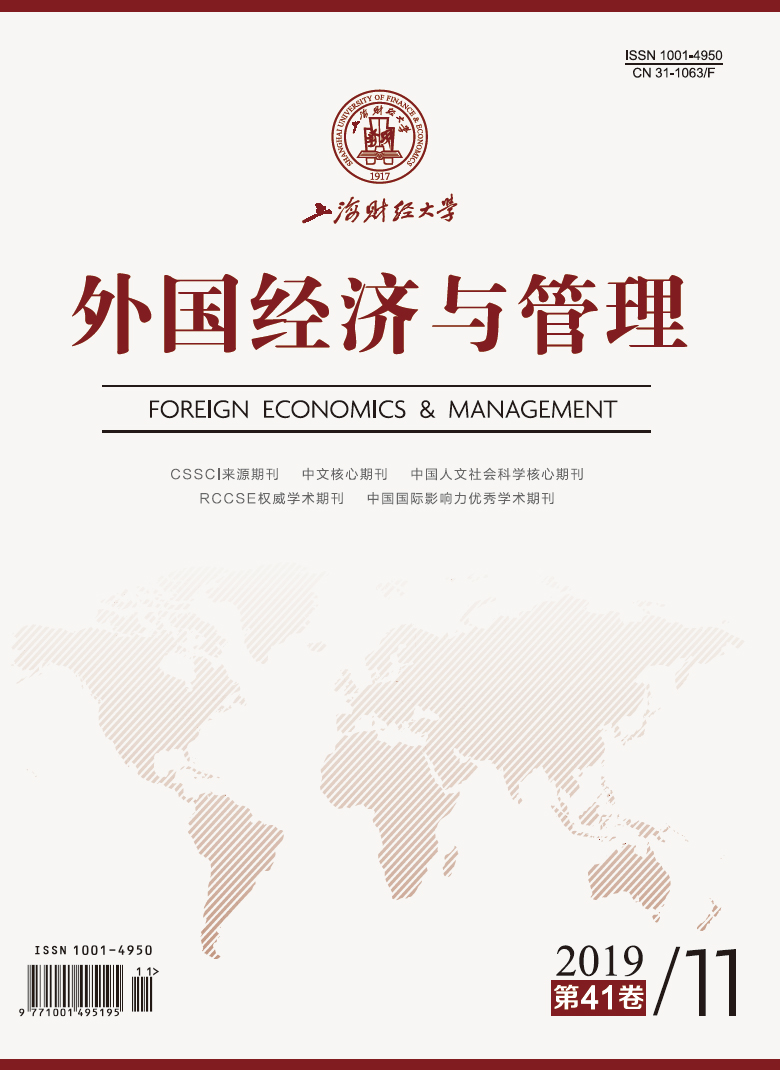创业激情传染是指创业者的创业激情向新企业中员工的转移和传递。本文在系统地梳理创业激情传染文献的基础上,甄别了创业激情传染和情绪传染的代表性研究成果,并对其进行深入的分析和评价。本文进而整合创业激情传染和情绪传染过程的研究成果,归纳和提炼出激情事件、激情表达、激情感知、激情评价、激情模仿五个创业激情传染子过程,并以这几个关键的创业激情传染过程为核心,将创业激情传染的前因和结果变量进行梳理和归类,构建了创业激情传染的整合模型,并基于整合模型指出现有研究的不足,提出未来研究方向。本研究综合呈现了创业激情传染的现有研究成果,对于把握创业激情传染的现有研究进展,进一步丰富和细化创业激情传染研究具有重要的理论意义。
创业激情传染研究前沿探析及未来展望
摘要
参考文献
4 Bono J E, Ilies R. Charisma, positive emotions and mood contagion[J]. The Leadership Quarterly,2006, 17(6): 317-334.
5 Cardon M S. Is passion contagious? The transference of entrepreneurial passion to employees[J]. Human Resource Management Review,2008, 18(2): 77-86. DOI:10.1016/j.hrmr.2008.04.001
6 Cardon M S, Wincent J, Singh J, et al. The nature and experience of entrepreneurial passion[J]. Academy of Management Review,2009, 34(3): 511-532. DOI:10.5465/amr.2009.40633190
7 Cropanzano R, Dasborough M T. Dynamic models of well-being: Implications of affective events theory for expanding current views on personality and climate[J]. European Journal of Work and Organizational Psychology,2015, 24(6): 844-847. DOI:10.1080/1359432X.2015.1072245
8 Cropanzano R, Dasborough M T, Weiss H M. Affective events and the development of leader-member exchange[J]. Academy of Management Review,2017, 42(2): 233-258. DOI:10.5465/amr.2014.0384
9 De Cuyper N, Bernhard-Oettel C, Berntson E, et al. Employability and employees’ well-being: Mediation by job insecurity[J]. Applied Psychology,2008, 57(3): 488-509. DOI:10.1111/j.1464-0597.2008.00332.x
10 Detert J R, Edmondson A C. Implicit voice theories: Taken-for-granted rules of self-censorship at work[J]. Academy of Management Journal,2011, 54(3): 461-488. DOI:10.5465/amj.2011.61967925
11 Ellinger A D, Bostrom R P. Managerial coaching behaviors in learning organizations[J]. Journal of Management Development,1999, 18(9): 752-771. DOI:10.1108/02621719910300810
12 Johnson S K. I second that emotion: Effects of emotional contagion and affect at work on leader and follower outcomes[J]. The Leadership Quarterly,2008, 19(1): 1-19. DOI:10.1016/j.leaqua.2007.12.001
13 Jolliffe D, Farrington D P. Development and validation of the basic empathy scale[J]. Journal of Adolescence,2006, 29(4): 589-611. DOI:10.1016/j.adolescence.2005.08.010
14 Jones C R G, Pickles A, Falcaro M, et al. A multimodal approach to emotion recognition ability in autism spectrum disorders[J]. Journal of Child Psychology and Psychiatry,2011, 52(3): 275-285. DOI:10.1111/j.1469-7610.2010.02328.x
15 Jordan P J, Lindebaum D. A model of within person variation in leadership: Emotion regulation and scripts as predictors of situationally appropriate leadership[J]. The Leadership Quarterly,2015, 26(4): 594-605. DOI:10.1016/j.leaqua.2015.05.004
16 Liu W, Song Z L, Li X, et al. Why and when leaders’ affective states influence employee upward voice[J]. Academy of Management Journal,2017, 60(1): 238-263. DOI:10.5465/amj.2013.1082
18 Sy T, Côté S, Saavedra R. The contagious leader: Impact of the leader’s mood on the mood of group members, group affective tone, and group processes[J]. Journal of Applied Psychology,2005, 90(2): 295-305. DOI:10.1037/0021-9010.90.2.295
19 Van Kleef G A. The emerging view of emotion as social information[J]. Social and Personality Psychology Compass,2010, 4(5): 331-343. DOI:10.1111/j.1751-9004.2010.00262.x
20 Wang G, Seibert S E. The impact of leader emotion display frequency on follower performance: Leader surface acting and mean emotion display as boundary conditions[J]. The Leadership Quarterly,2015, 26(4): 577-593. DOI:10.1016/j.leaqua.2015.05.007
引用本文
朱秀梅, 魏泰龙, 刘月, 等. 创业激情传染研究前沿探析及未来展望[J]. 外国经济与管理, 2019, 41(11): 41-56.
导出参考文献,格式为:





 , 1
, 1 6541
6541  6575
6575

